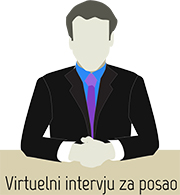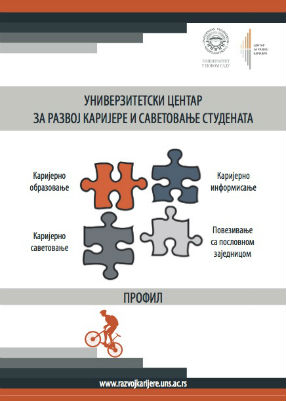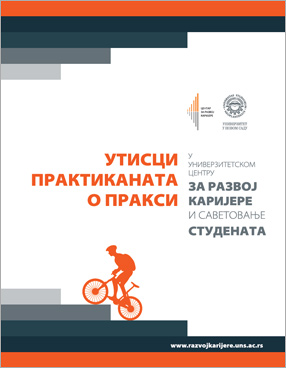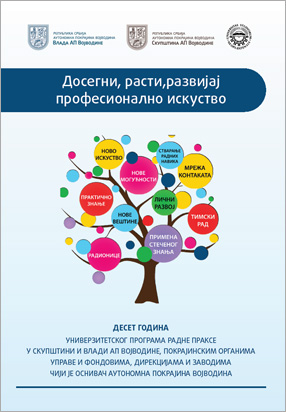Writing a CV
Whatever you choose to do after university, you will need to make a written application. This means getting to grips with forms, CVs and letters. For tips on application forms please see our leaflet: Completing Application Forms.
It is a sad truth that many applicants fail to make it to interview because of avoidable mistakes and careless presentation of their CVs and application forms. Today’s graduate job market is very competitive and you really have to work hard to sell yourself to employers. Taking time and following some simple advice can really make all the difference. Here we will show you how to avoid the pitfalls and show your talents in the best light.
Creating an effective CV
CV stands for Curriculum Vitae – roughly translated as your life story. However, it doesn’t literally mean all of your life. It is advisable to go only as far back as your secondary school.
Top tips before you start
Before you rush into updating your CV it’s worth doing a bit of groundwork.
- First, check that a CV is the correct method of applying to the organisation – many employers prefer you to use one of their own forms.
- Next, research what the employer is looking for. Look at the advert or information on the employer’s website – what does it say about the job requirements? If there is no information from the employer, use the resources at the Centre for Career Development to find a typical job description.
- Investigate the employer and the business sector – you can do this on the web in most cases. Think laterally – you may have been a consumer of the employer’s products and services. What can you learn about the business?
- Relate your research to what you have to offer and why you want to work there.
- Brainstorm your skills and experience against what you’ve found out about the role. Think about what you want the recruiter to know about you.
- Jot down some key experiences where you can demonstrate the skills required and think about how you might give evidence of your suitability.
By giving thought to these points you are thinking strategically about why the recruiter should give your application serious consideration.
Standard contents
All CVs need to contain some standard information, which normally includes:
- Personal details – name, address, date of birth, telephone and e-mail address
- Education and qualifications
- Employment history
- Interests and Activities
- References.
Presentation
- One page is often too short, four too long
- Avoid coloured or textured paper
- Create a good, logical structure
- Key information easy to find and not tucked away
- No long passages of text, try breaking up with bullet points
- Use of headings or bold to draw attention to important points
- Text lined up or in columns
- Well spaced
- Consistency of font type
- Language is appropriate and professional
- Spelling and grammar are accurate
There is no ideal style of CV to use. On the following pages we have illustrated two common styles for you to consider, with some commentary about why they may or may not be effective.
Kompletan članak možete preuzeti ovde















